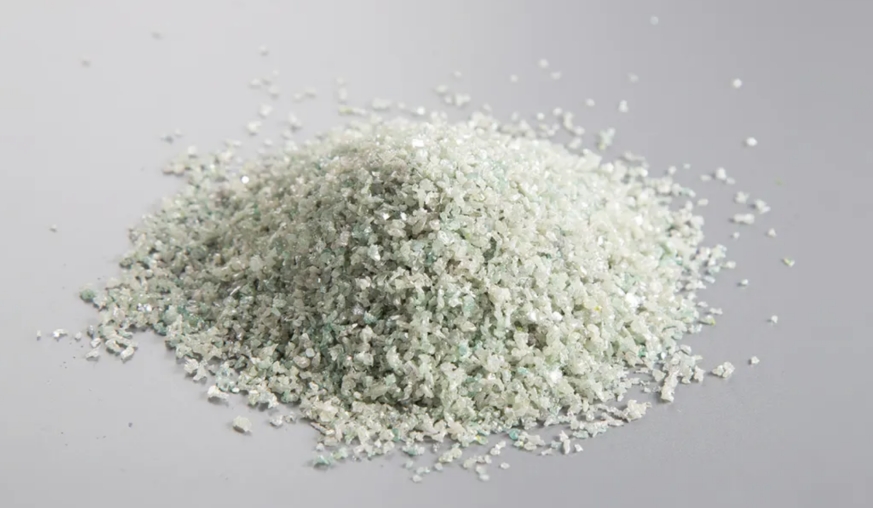
- English
- Español
- Português
- русский
- Français
- 日本語
- Deutsch
- tiếng Việt
- Italiano
- Nederlands
- ภาษาไทย
- Polski
- 한국어
- Svenska
- magyar
- Malay
- বাংলা ভাষার
- Dansk
- Suomi
- हिन्दी
- Pilipino
- Türkçe
- Gaeilge
- العربية
- Indonesia
- Norsk
- تمل
- český
- ελληνικά
- український
- Javanese
- فارسی
- தமிழ்
- తెలుగు
- नेपाली
- Burmese
- български
- ລາວ
- Latine
- Қазақша
- Euskal
- Azərbaycan
- Slovenský jazyk
- Македонски
- Lietuvos
- Eesti Keel
- Română
- Slovenski
- मराठी
- Srpski језик
Method for preparing SiC powder
Silicon carbide (SiC) is an inorganic substance. The amount of naturally occurring silicon carbide is very small. It is a rare mineral and is called moissanite. Silicon carbide used in industrial production is mostly artificially synthesized.
At present, the relatively mature industrial methods for preparing silicon carbide powder include the following: (1) Acheson method (traditional carbothermal reduction method): combine high-purity quartz sand or crushed quartz ore with petroleum coke, graphite or anthracite fine powder Mix evenly and heat to above 2000°C through the high temperature generated by the graphite electrode to react to synthesize α-SiC powder; (2) Silicon dioxide low-temperature carbothermal reduction method: After mixing silica fine powder and carbon powder, Carbothermal reduction reaction is carried out at a temperature of 1500 to 1800°C to obtain β-SiC powder with higher purity. This method is similar to the Acheson method. The difference is that the synthesis temperature of this method is lower, and the resulting crystal structure is β-type, but there is The remaining unreacted carbon and silicon dioxide require effective desiliconization and decarburization treatment; (3) Silicon-carbon direct reaction method: directly react metal silicon powder with carbon powder to generate high purity at 1000-1400°C β-SiC powder. α-SiC powder is currently the main raw material for silicon carbide ceramic products, while β-SiC with a diamond structure is mostly used to prepare precision grinding and polishing materials.
SiC has two crystal forms, α and β. The crystal structure of β-SiC is a cubic crystal system, with Si and C respectively forming a face-centered cubic lattice; α-SiC has more than 100 polytypes such as 4H, 15R and 6H, among which the 6H polytype is the most common in industrial applications. A common one. There is a certain thermal stability relationship between the polytypes of SiC. When the temperature is lower than 1600°C, silicon carbide exists in the form of β-SiC. When the temperature is higher than 1600°C, β-SiC slowly turns into α. - Various polytypes of SiC. 4H-SiC is easy to generate at around 2000°C; both 15R and 6H polytypes require high temperatures above 2100°C to easily generate; 6H-SiC is very stable even if the temperature exceeds 2200°C.





